Rising Demand for Packaged Beverages
The Aseptic Liquid Filling Machine Market is experiencing a notable surge in demand for packaged beverages, driven by changing consumer preferences. As consumers increasingly seek convenience and portability, manufacturers are compelled to invest in advanced aseptic filling technologies. This trend is reflected in the projected growth of the beverage sector, which is expected to reach a valuation of approximately 1.5 trillion dollars by 2026. Aseptic filling machines play a crucial role in ensuring product safety and extending shelf life, thereby meeting the evolving needs of consumers. The ability to fill products without compromising quality is becoming a key differentiator in a competitive market, suggesting that companies prioritizing aseptic technology may gain a significant advantage.
Technological Innovations in Aseptic Filling
The Aseptic Liquid Filling Machine Market is witnessing rapid technological innovations that enhance efficiency and productivity. Recent advancements in automation, robotics, and artificial intelligence are transforming the aseptic filling process, allowing for higher throughput and reduced operational costs. For instance, the integration of smart sensors and IoT technology enables real-time monitoring and predictive maintenance, minimizing downtime. This technological evolution is expected to drive the market forward, with estimates suggesting a potential increase in market size by over 20% in the next five years. As manufacturers seek to optimize their production processes, the adoption of cutting-edge aseptic filling machines is likely to become a strategic priority.
Growth of the Dairy and Nutraceutical Sectors
The Aseptic Liquid Filling Machine Market is significantly bolstered by the growth of the dairy and nutraceutical sectors. As consumer awareness regarding health and wellness continues to rise, there is an increasing demand for dairy products and nutritional supplements that require aseptic packaging. The dairy sector alone is projected to grow at a rate of approximately 5% annually, creating a substantial opportunity for aseptic filling technologies. These machines are essential for maintaining the quality and safety of sensitive products, thereby supporting the expansion of these sectors. The increasing focus on health-conscious products suggests that the demand for aseptic filling solutions will continue to rise, further propelling the market.
Regulatory Compliance and Food Safety Standards
The Aseptic Liquid Filling Machine Market is significantly influenced by stringent regulatory compliance and food safety standards. Governments and health organizations worldwide are increasingly emphasizing the importance of maintaining high safety standards in food and beverage production. This regulatory landscape compels manufacturers to adopt aseptic filling technologies that ensure product integrity and safety. The market for aseptic filling machines is projected to grow at a compound annual growth rate of around 7% over the next five years, driven by the need for compliance with these regulations. As companies strive to meet these standards, the demand for advanced aseptic filling solutions is likely to rise, indicating a robust growth trajectory for the industry.
Sustainability and Eco-Friendly Packaging Solutions
The Aseptic Liquid Filling Machine Market is increasingly influenced by the demand for sustainability and eco-friendly packaging solutions. As environmental concerns gain prominence, consumers are gravitating towards products that utilize sustainable packaging materials. Aseptic filling machines that accommodate recyclable and biodegradable materials are becoming more sought after. This shift is reflected in the market, where the demand for sustainable packaging solutions is expected to grow by approximately 10% annually. Manufacturers are recognizing the need to align their production processes with sustainability goals, which may lead to increased investments in aseptic filling technologies that support eco-friendly practices. This trend indicates a potential transformation in the industry, as companies strive to meet consumer expectations for environmentally responsible products.


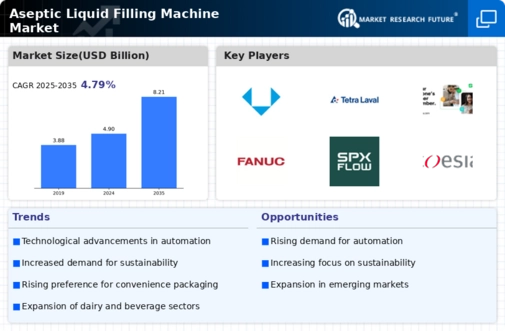
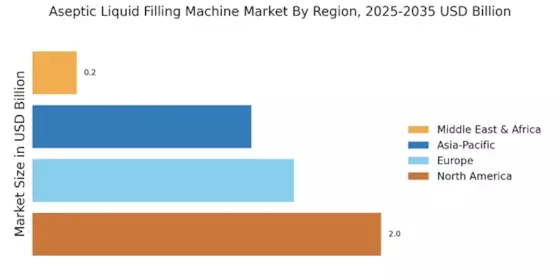
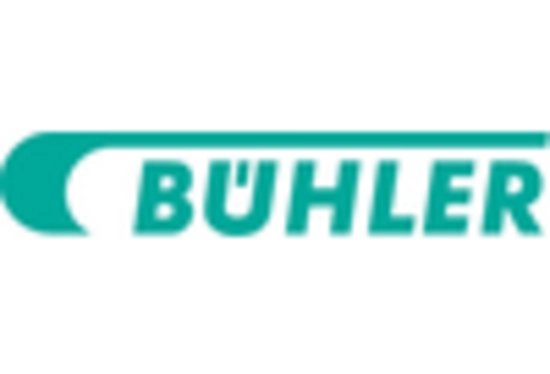
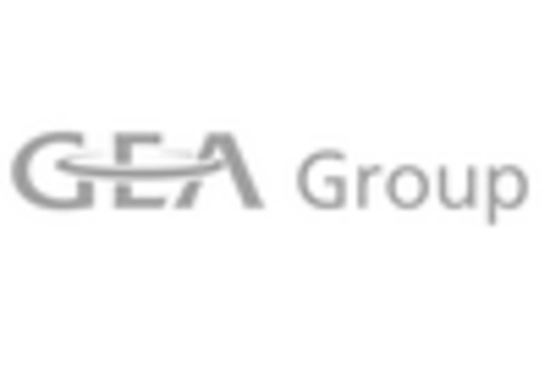
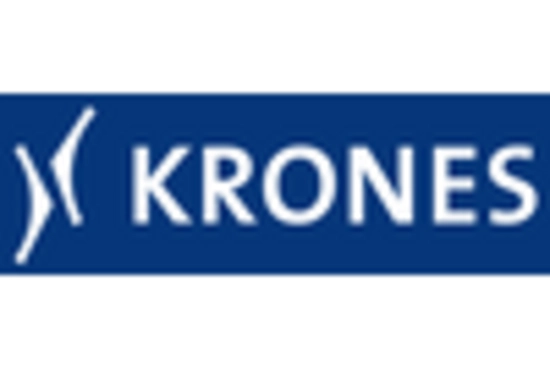


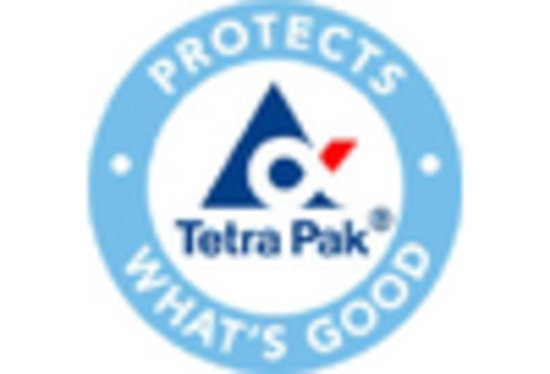








Leave a Comment